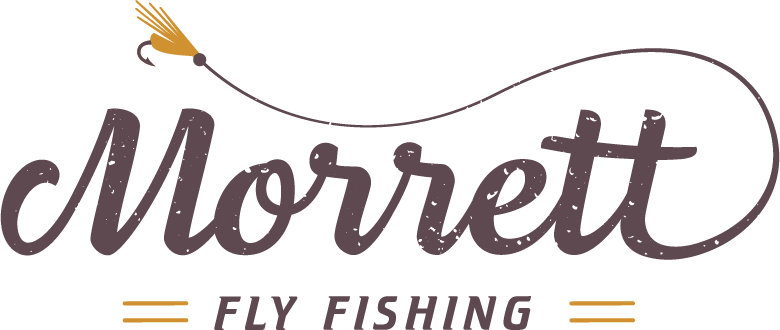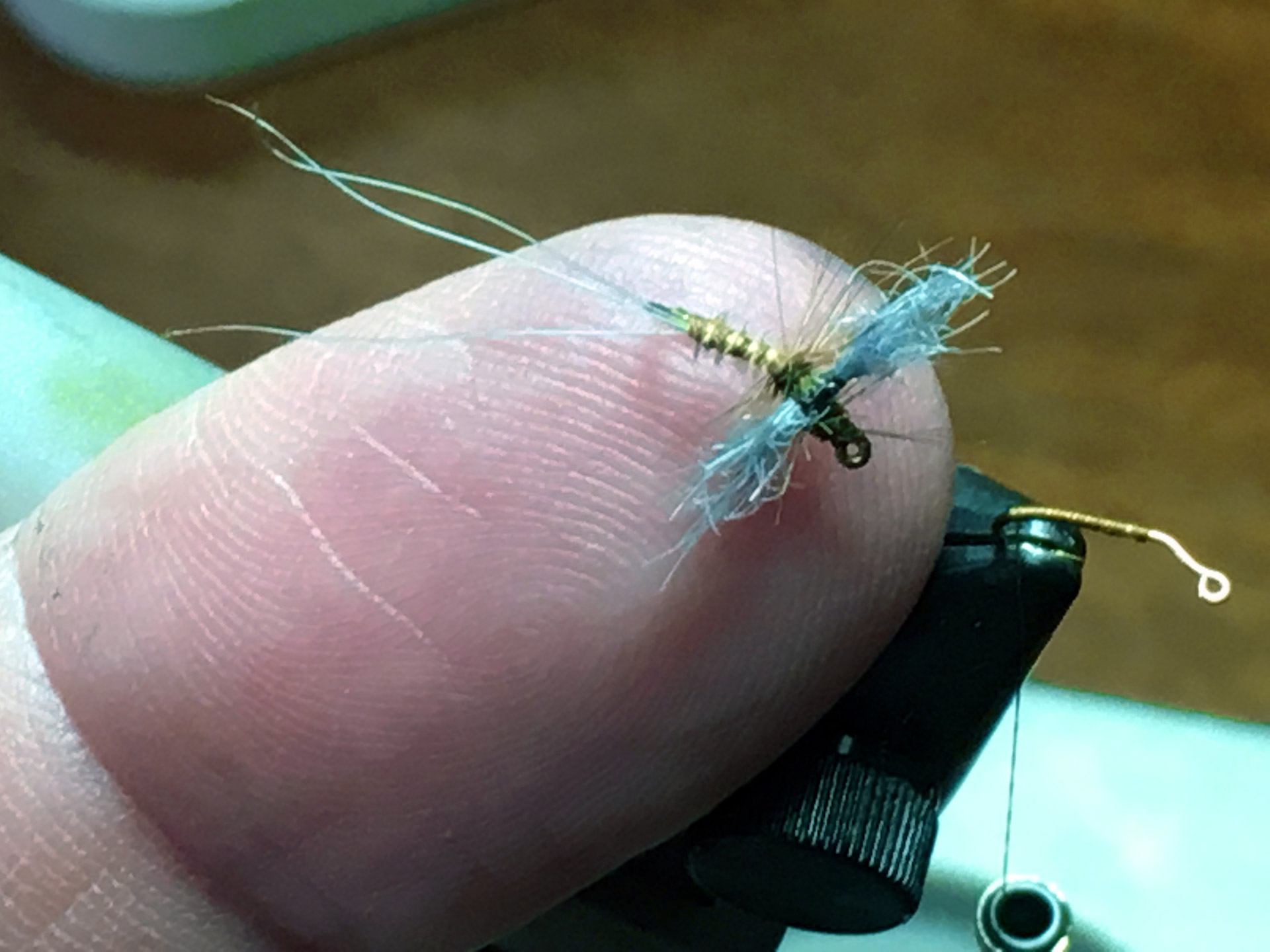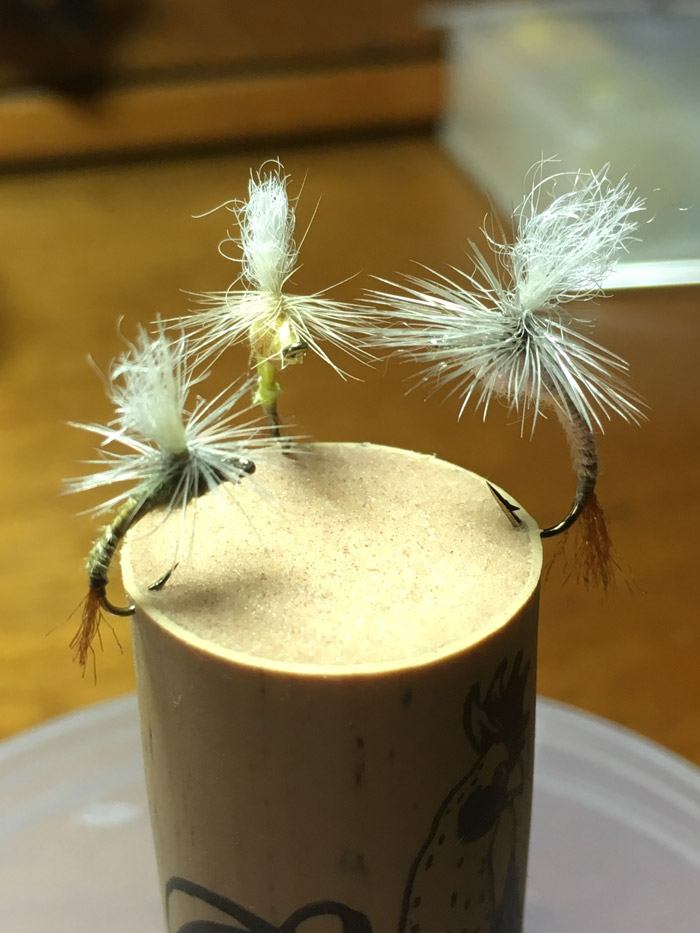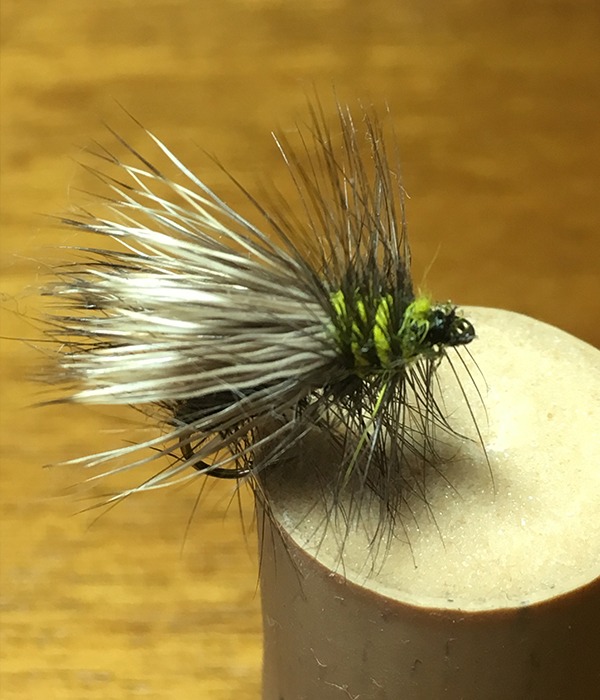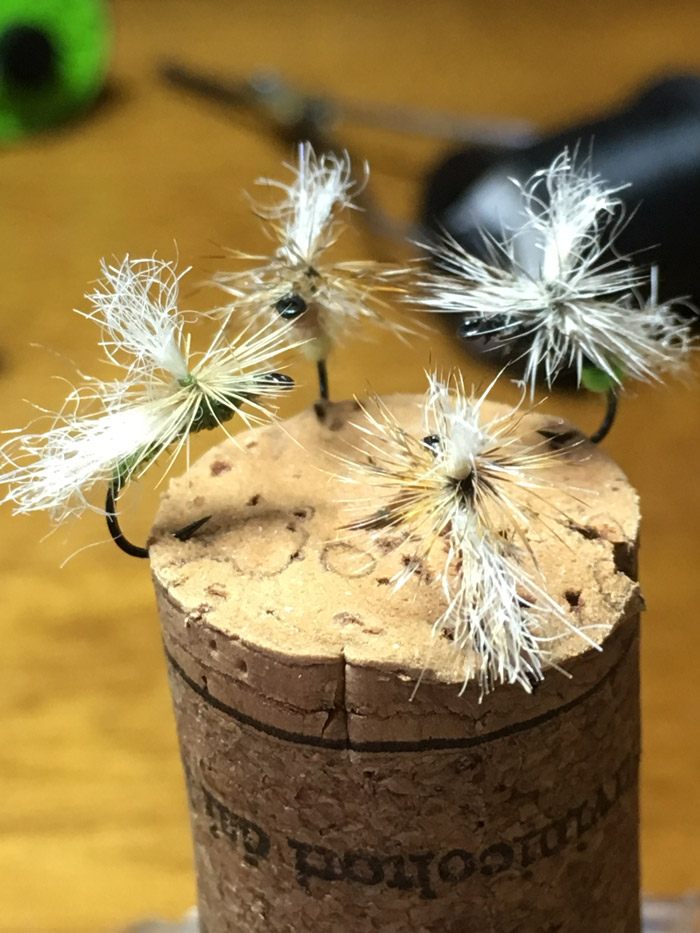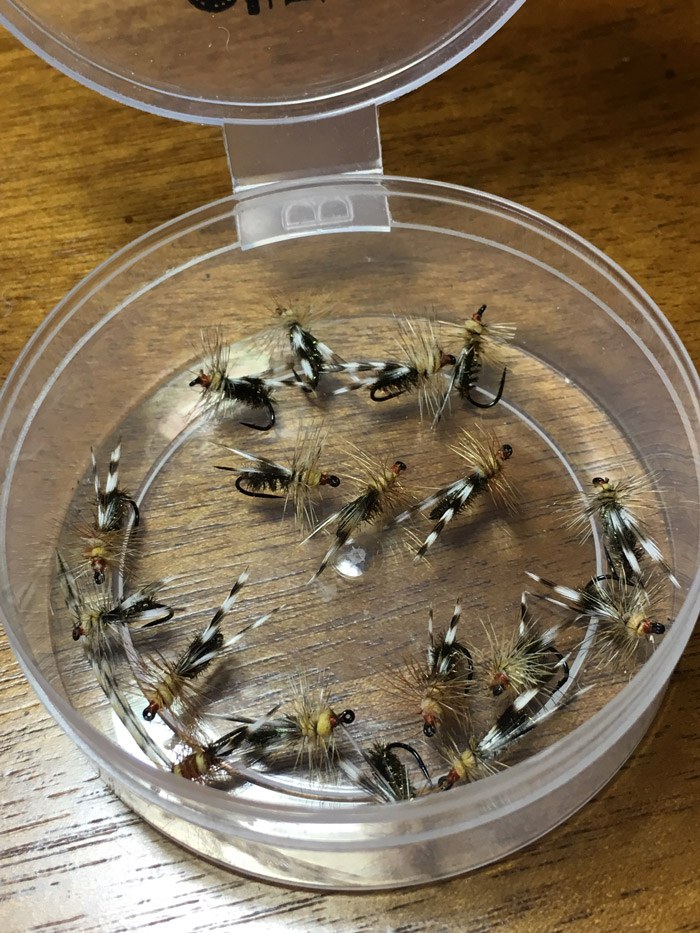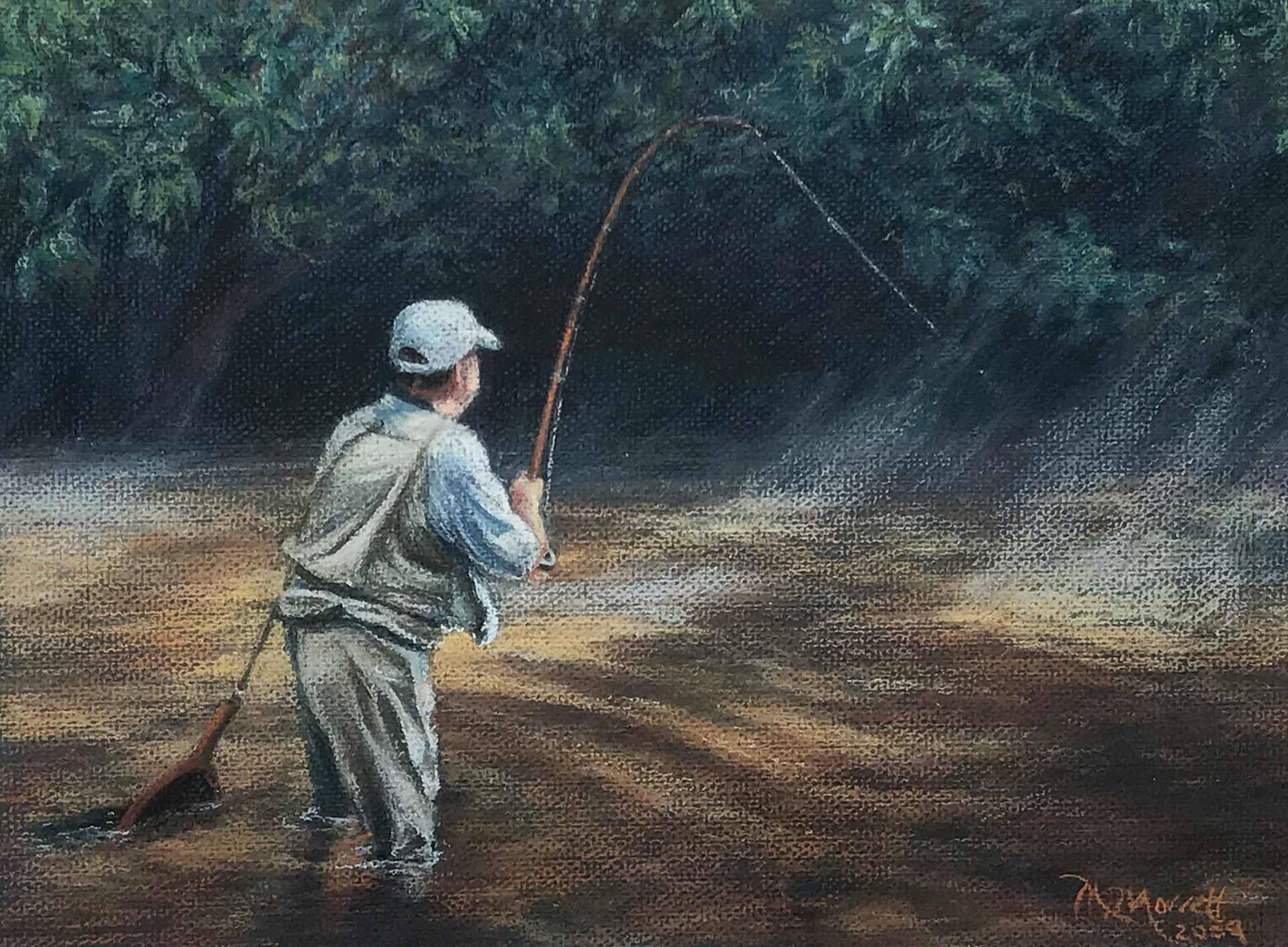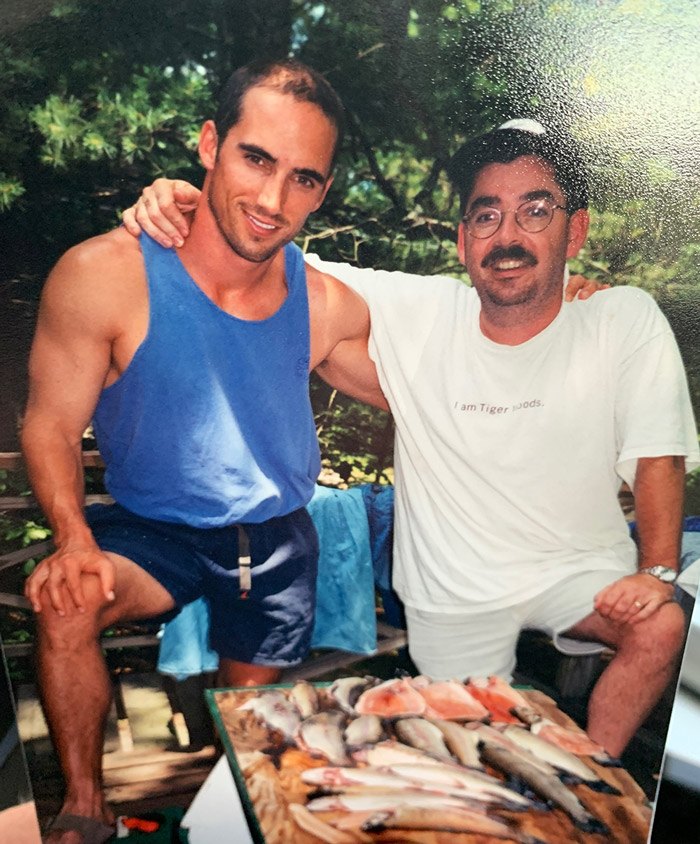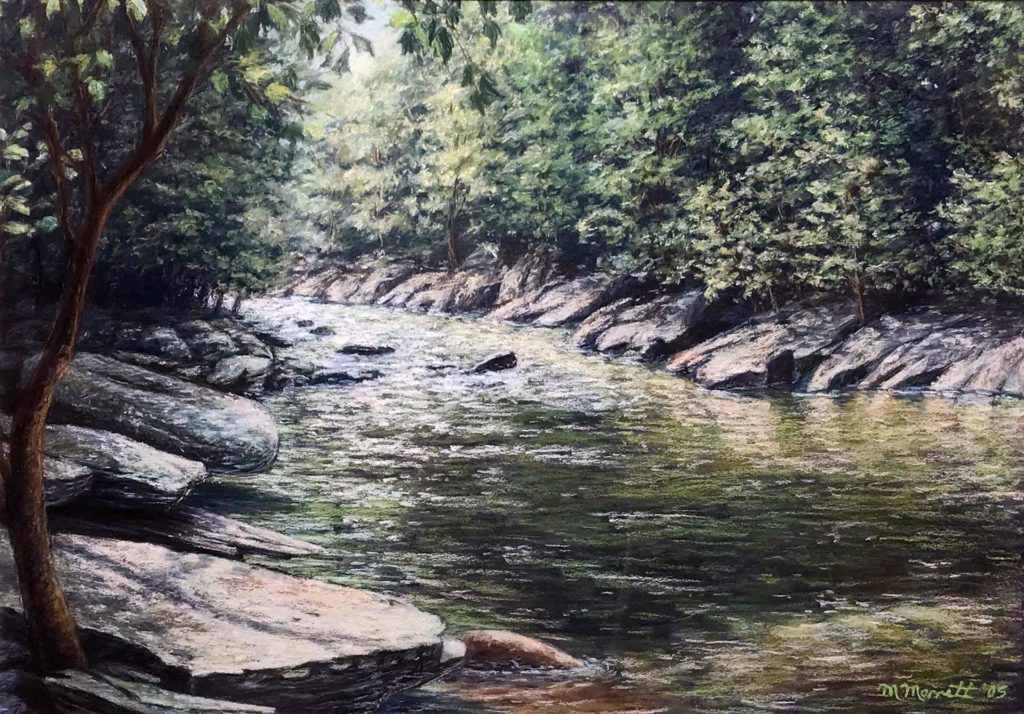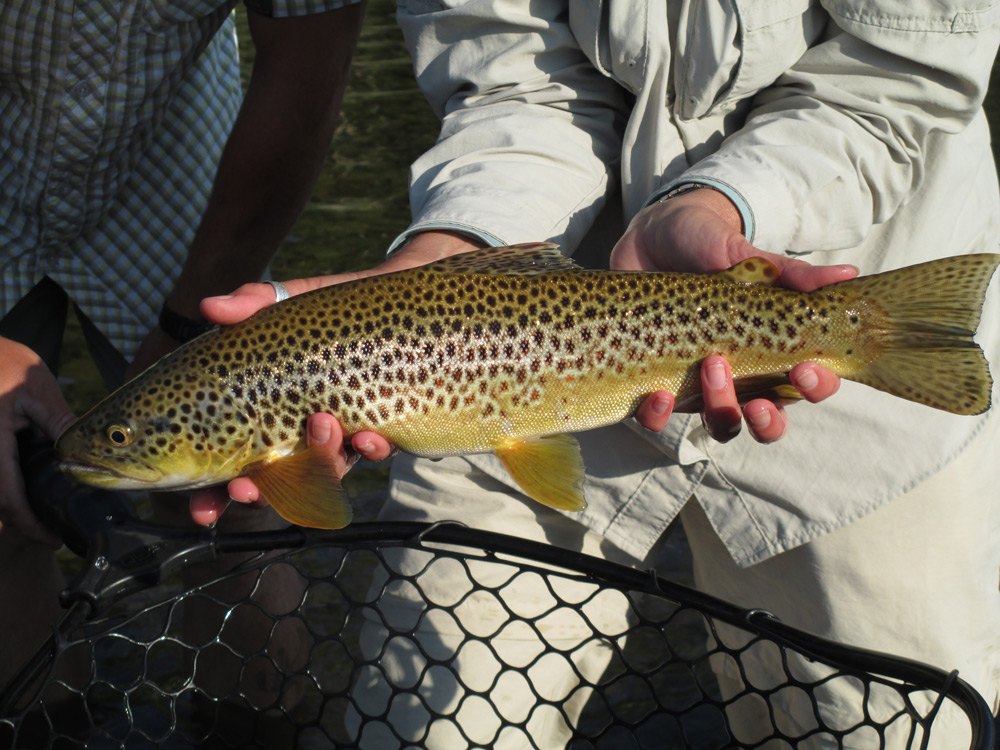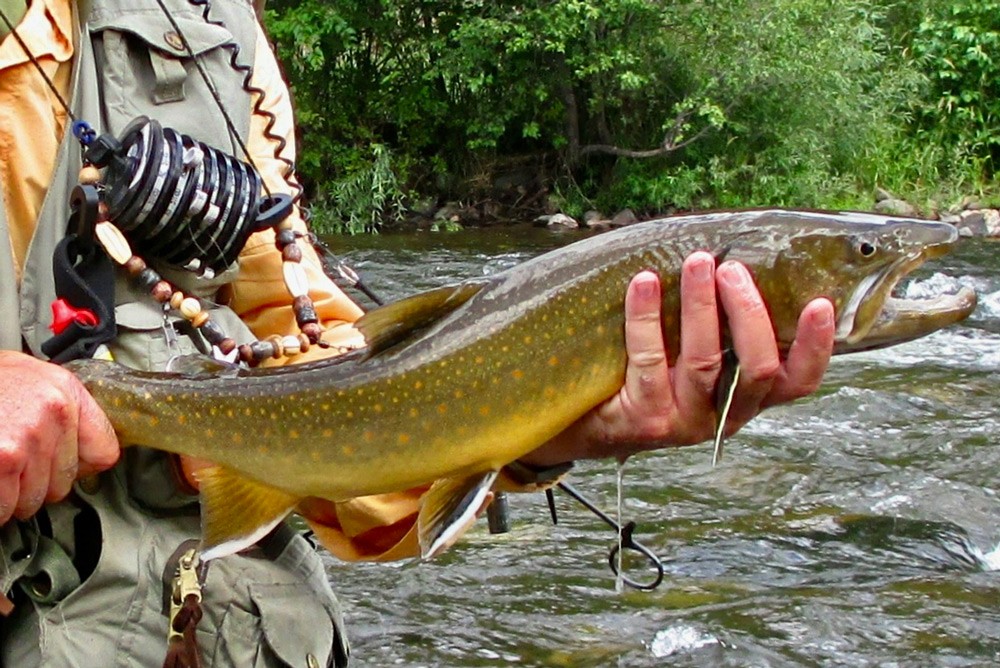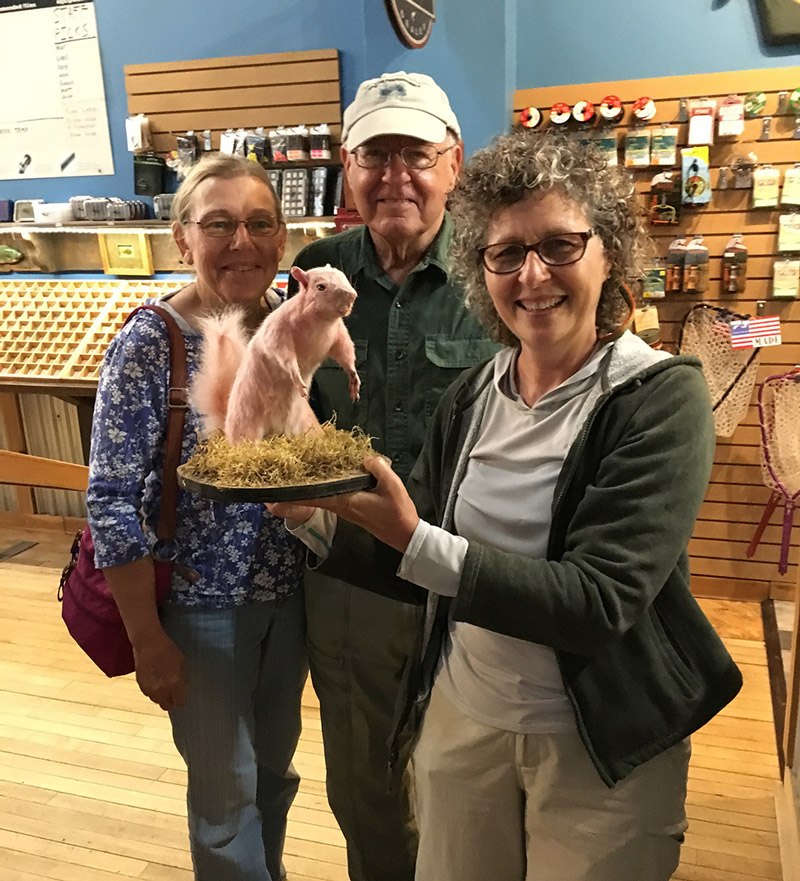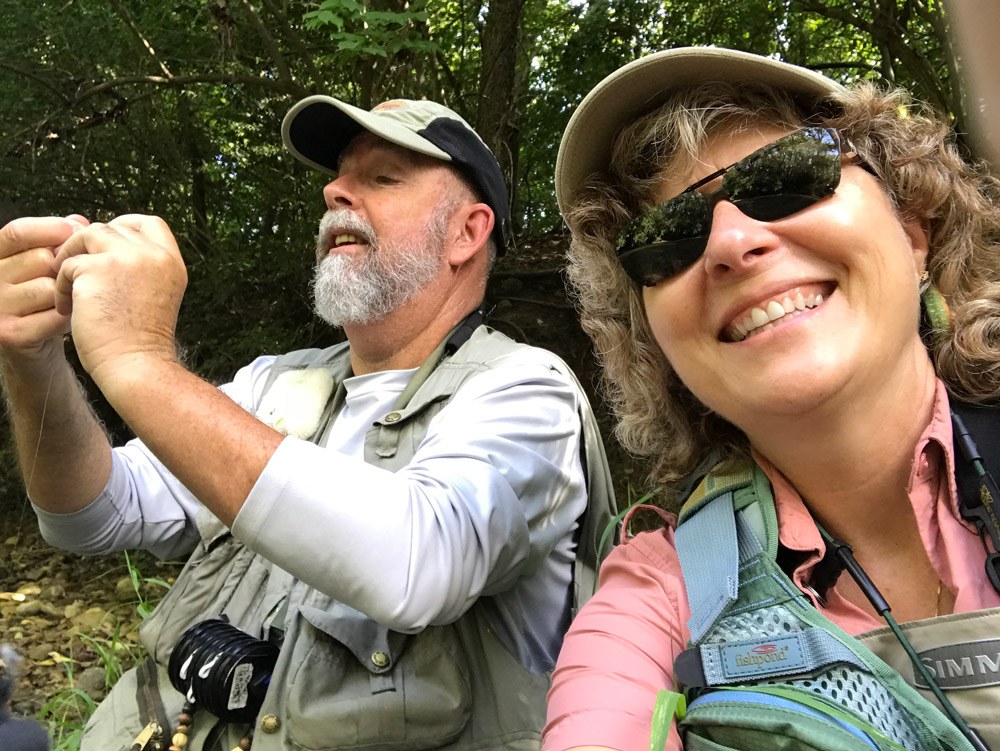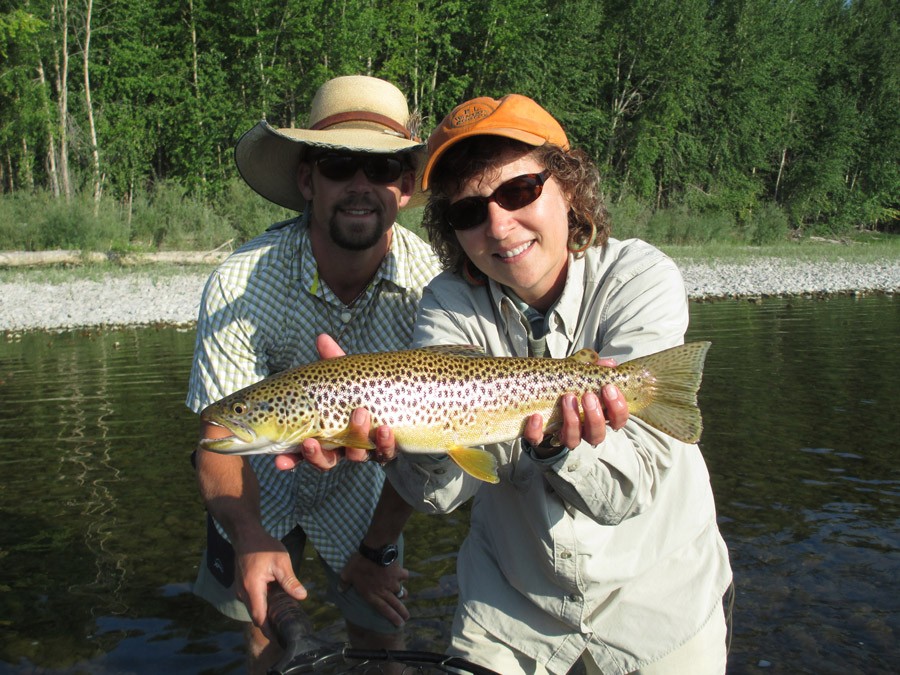Tom Frick, a long time friend, mentor, guide, and fishing partner of mine came to me and was excited to share news of his family fly fishing trip planned for Summer 2019 on the Big Horn River in Montana. I have very limited personal experience in regards to the hatch chart on the western rivers he was going to be fishing. Knowing that, as well as me knowing he was only going to be using dry flies no matter what, we discussed what kind of bugs we were going to try to imitate. Tom is the kind of fly fisherman who is going to be prepared for possible hatches and stages of hatches with flies that will allow him to do it the right way, upstream and dry.
We started a list of possible hatches and terrestrials he might encounter at that particular time of year on that particular river. Blue Wing Olives, Pale Morning Duns,Yellow Sallies, Tan Caddis, Hoppers, and Ants. I started working on samples to show Tom which of the bugs I would be able to imitate with a pattern custom tied for his experience, at the family price.
I suggested we try some patterns in the Klinkhammer style to imitate emerging Mayflys. Probably most successful early on in regards to the hatch timing. Tied a few samples of both the BWO and PMD in Biot body Klinkhammer style and we settled on size and color to proceed with the order, one dozen of each. Tom decided to get an order in for a few Hendrickson emergers as well. I am sure he will be doing his sampling out of my box this Spring on our local waters.
My favorite Mayfly pattern was originally shown to me by Howard Parks. Howard hand bent a standard dry fly hook to imitate a crippled mayfly body as it would appear to the trout. The pattern he taught me to tie, the crippled dun and crippled spinner, has not changed in design since Howard first showed me the “proverbial half hitch” from the anal fly tier many years back. Of course, Tom will need a couple dozen crippled duns and spinners in size 16-18 tied to imitate BWO’s and PMD’s. He has seen these two patterns tied by me before, so I proceeded without pattern approval. Same deal with caddis. We decided on tan as the best bet in regards to color. Size 16-18 range. My parachute caddis tied with a Biot body has proven to be a great all around pattern when trout are surface feeding on adult caddis or small terrestrials. One dozen each tan and one dozen assorted natural colors. Durability is important to me. If a fly is working, you certainly do not want to replace the fly with a new one because the fly fell apart after you removed it from the trout’s mouth with your forceps. From experience, Tom knows he will go through less of these flies because they work and they hold up.
I have tied a few size 16 and 18 yellow sallies in the past with elk hair and premium hackle that floats great in fast water that presents well, just in case he encounters the little yellow stonefly. Expect the possible wind blown summer days with the likelihood of various terrestrials available for the trout to ambush from cover. A pattern I tie called the Mattress Thrasher found its way to my vise by way of Rusty Gates. The Thrasher tied in size 12 and 14, does a great job of imitating a variety of bugs from Michigan down through Ohio, Wisconsin, Pennsylvania, Indiana, Tennessee, and North Carolina. Whether the trout’s search image for food includes the details of hoppers, crickets, beetles, bees, or large caddis, the “Mattress Thrasher” seems to work in fooling a trout to make a fatal mistake. Tom will let me know if they work on the Big Horn.
The last part of the equation for summer dry fly success anywhere Coldwater trout water flows would be ants. I tie an ant pattern in various sizes and colors that is quite visible to the angler, with high flotation materials and is very natural in appearance in a view from the trout’s perspective. Tom has some size 17 in his box from last Summer. Maybe he only needs a few fresh ones for this trip. Maybe a few size 16-18 crippled spinners with an egg sac. He will not leave the stream before a shot at a Spinner fall.
This has become a natural process that goes on in my mind anytime a fly fisherman mentions or announces he or she is going on a fly fishing adventure. Whether it be on a local stream or some far away destination. My challenge is to have the opportunity to learn about the multitudes of possibilities in regards to the destination where the fly fisherman is headed. Then, apply what I have learned to be able to tie the right fly for the right time on the right river.
